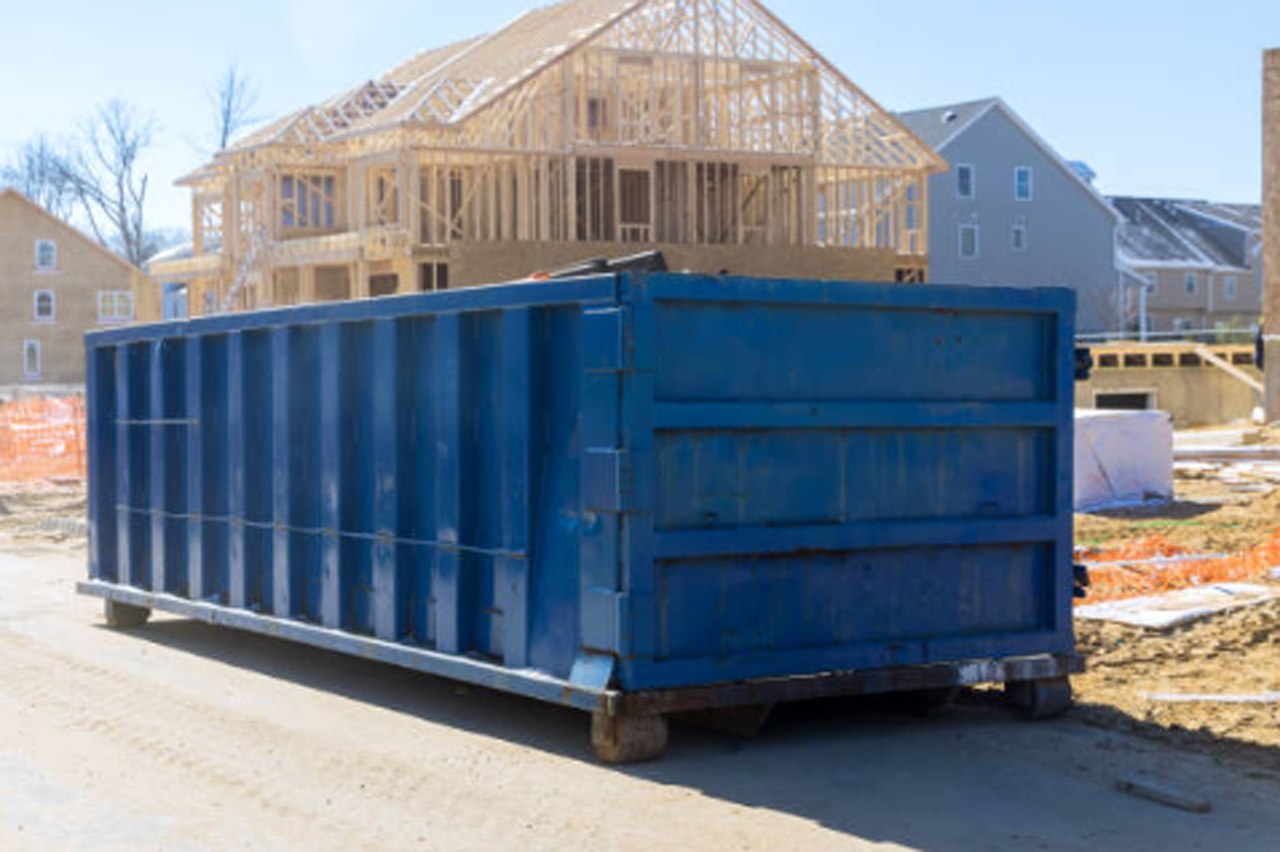
Renting a dumpster might seem straightforward, but there are a few factors you need to consider before jumping straight in; otherwise, the cleanup process for your project could get complicated. Factors like size and what to look for in services in terms of fees are crucial. Understanding all aspects of dumpster rental will save time, money, and potential headaches – in this guide, we explore three of them!
Understanding Different Sizes
Dumpsters come in various sizes to fit different projects or amounts of waste, making understanding their different capacities essential when choosing to rent a dumpster near me.
12-Yard Dumpster: Ideal for small projects such as garage cleanouts or yard debris removal, the 12-Yard Dumpster can typically hold the equivalent of about four pickup truck loads of waste.
20-Yard Dumpster: Typically chosen for home renovations, roofing projects, and moderate-sized cleanup jobs; this size can hold approximately six pickup truck loads of trash.
30-Yard Dumpster: Perfect for large projects like major renovations, construction debris cleanup, or commercial cleanouts. It can typically hold 9-10 pickup truck loads worth of waste.
40-Yard Dumpster: This massive bin can handle significant construction or demolition projects and commercial uses, typically accommodating 12-14 pickup truck loads of trash.
Before choosing the appropriate dumpster size for you, carefully assess how much and type of waste will need to be discarded in order to avoid overloading or underutilizing its capacity.
Select a Dumpster Rental Service With a Flat Rate
When researching where to “rent a dumpster near me”, it’s essential to inquire into their pricing structure. Many may advertise attractive base rates; however, additional costs for weight limits, delivery, and disposal could quickly drive up costs significantly.
Opting for a dumpster rental service that utilizes a flat-rate pricing model will bring greater transparency and predictability to your expenses. By knowing upfront the total costs associated with rental fees, any surprises or hidden charges won’t spring up on you..
Before signing your rental agreement, ensure you understand its terms and conditions, including weight limits, rental duration, and any penalties applicable if capacity or rental period requirements are exceeded or extended beyond their stated capacity limits.
Research the Items You Can’t Throw Away In a Dumpster Rental
Dumpsters provide an efficient method for waste removal; however, certain items cannot be placed inside due to safety, environmental, or regulatory considerations. Before loading up the container with waste materials, take some time researching which items cannot be put inside it for disposal.
Refrigerators, air conditioning units, hot water heaters, fluorescent light bulbs car batteries, and lithium batteries are all used by consumers as essential appliances in daily life.
Hazardous materials include paints, chemicals, and asbestos-containing materials.
Disposing of these materials improperly may pose environmental hazards and result in fines or penalties; instead, explore alternative disposal methods, such as recycling centers, hazardous waste facilities, or services that provide electronic waste and hazardous material disposal.
Search For “rent a dumpster near me” With Confidence
As previously discussed, renting a dumpster requires much more than selecting an appropriate container size and scheduling its delivery. Understanding all available sizes, partnering with an established rental service with transparent pricing structures, and researching prohibited items are crucial steps toward optimizing your dumpster rental experience and optimizing waste removal while decreasing both costs and environmental impact. By considering all relevant aspects in detail during this process, your waste removal efforts can become streamlined while costs decrease along with environmental impacts.







